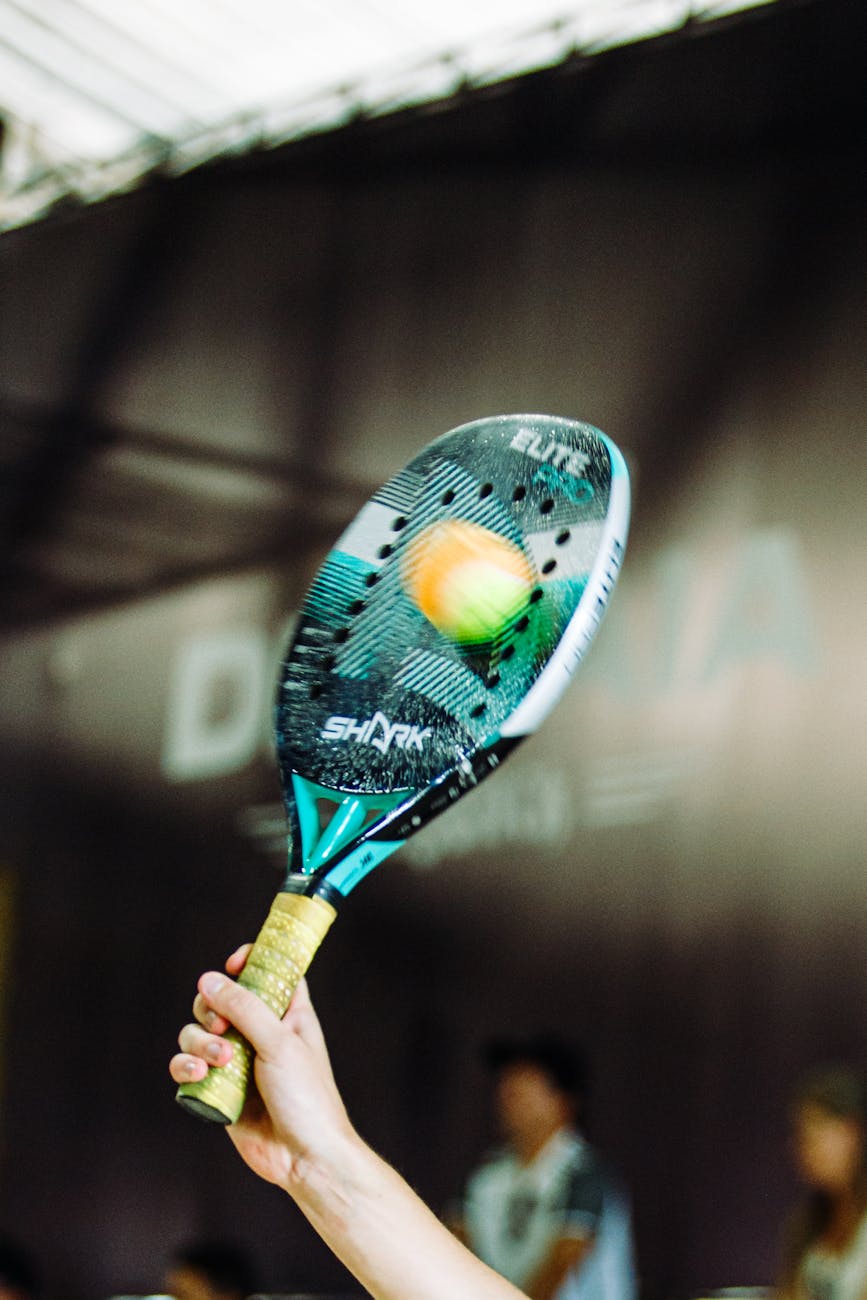The future of advertising has recently taken a significant leap forward with the advent of AI-generated commercials. One of the first instances of such innovation was recently seen during the NBA Finals, where an advertisement created by prediction market Kalshi was aired. The ad was created in a record time of just two days, using AI technology to generate the clips and script. This quick turnaround time coupled with a 95% cost reduction from traditional production methods has made a compelling case for the incorporation of AI in advertising.
The ad was created by AI filmmaker PJ Accetturo, who utilized Google’s Veo 3 video model to generate between 300-400 video clips which were shortened to a 30-second spot. Accetturo also used Gemini and ChatGPT for script creation and crafting prompts for each shot. The commercial utilized Veo 3’s new speaking capabilities, though Accetturo acknowledged some challenges with unexpected subtitles and inconsistent character voices. Despite these minor setbacks, the efficiency and cost-effectiveness of the production process have led Accetturo to predict that “high-dopamine Veo 3 videos will be the ad trend of 2025.”
The impact of AI in advertising was further solidified by a recently announced strategic partnership between OpenAI and Mattel. This collaboration aims to create AI-powered toys and experiences, integrating OpenAI’s technology into Mattel’s product development process. The first AI-powered product from this partnership is expected to be launched later this year. While this development promises a new level of personalization and intelligence in toys, it also raises questions about the appropriateness of AI technology in children’s playrooms, privacy concerns, and the potential impact on child development.
In other news, ByteDance recently released Seedance 1.0, a new video generation model that outperforms its competitors in benchmarks for both text-to-video and image-to-video tasks. Seedance 1.0 is now leading the Artificial Analysis video leaderboards, surpassing top models like Veo 3, Kling 2.0, and Sora. Despite the success of Veo 3, it seems that AI video models are continually advancing, with Chinese labs leading the way.
In conclusion, the rapid advancements in AI technology are transforming various industries, from advertising to toy manufacturing. While these developments promise efficiency and cost-effectiveness, they also raise important ethical and privacy concerns that need to be addressed. As we continue to embrace AI technology, it is crucial to remain vigilant and ensure that these advancements align with our societal values and norms.
🔗 原文链接
